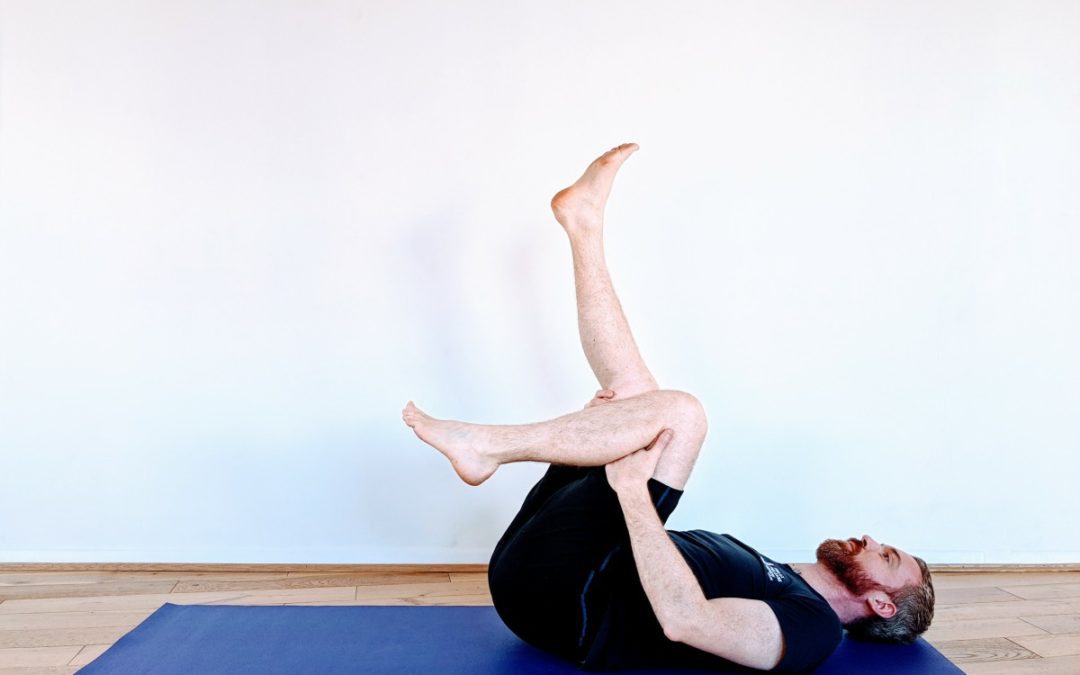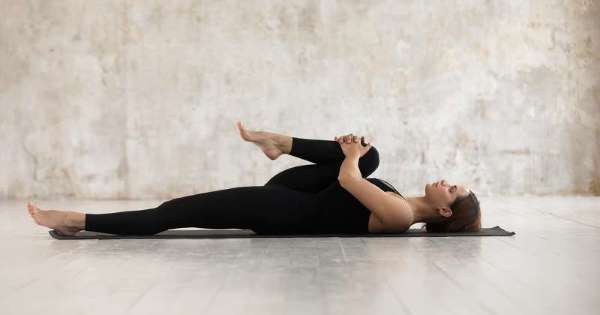
The best online fitness resource you'll ever need. We filter out the BS to ensure you meet your health and fitness goals!

The best online fitness resource you'll ever need. We filter out the BS to ensure you meet your health and fitness goals!

Nerve flossing may sound gruesome. It’s not. Sometimes also referred to as nerve gliding or neural gliding, it simply refers to a style of gentle exercise used to stretch out irritated nerves, thus improving range of motion through associated muscles and joints and reducing pain.
Nerve flossing often works best when augmenting, or augmented by, other treatments, though, of course, your healthcare practitioner will best be able to diagnose any conditions and offer suitable treatment plans. The underlying cause of nerve pain will quite naturally have a strong bearing on the best treatment combination to undertake.
There are some basic guidelines to bear in mind when looking into nerve gliding:
The sciatic nerve is vital to lower body mobility and comfort. It’s your body’ longest nerve and, arguably, one of its most important: it directly affects your ability to control and feel your legs. It begins at your spinal cord, runs through your hips and buttocks, before branching down each leg.
Sciatica is an irritation of this nerve. Generally speaking, it will be symptomatic of an underlying injury to your sciatic nerve or an area that affects the nerve, including your vertebrae, hips and legs.
It ranges from mild to incredibly severe. Mild cases will involve moderate discomfort through the back, buttocks and less. Severe cases will involve intense pain through these body parts, with often debilitating effects. Weakness and numbness are common, as can be a loss of a portion of motor control.
It is thought that 40 percent of people may experience some level of sciatica in their lifetimes. It is most common in the elderly, though not in any way unique to older age.

If ever you experience pain that runs through your lower back, down to your buttocks and into your lower limbs, it’s most likely sciatica. These are its most common symptoms, and such symptoms are most commonly caused by it.
As sciatica is a result of sciatic nerve injury or damage, those suffering with it will also often experience additional symptoms of nerve damage. These can include:
Pain that exacerbates with movement
Numbness in your legs or feet, usually felt along the pathway of your sciatic nerve. This can extend as far as a complete lack of sensation
Lower body weakness, including a loss of mobility
The feeling of pins and needles in your feet, often to quite a high degree
Incontinence- the inability to control your bladder or bowels. This is rare, but it does occur and will be a symptom of cauda equina syndrome (CES). If you ever experience this, seek immediate medical attention.
Nerve flossing can be used very effectively in conjunction with traditional physiotherapy to relieve pain caused by sciatica. It can also improve range of motion through the hips and stretch out the hamstrings, further diminishing many of the symptoms of sciatica.
These four nerve flossing exercises are perfect for anybody looking to ease pain from sciatica. They are also worth performing by anybody looking to improve hip mobility for any reason.

The knee-to-chest stretch will relieve pressure from your lower back and glutes. For this, lie on your back on an exercise or a yoga mat, with a cushion under your head. From here:

The hamstring stretch is a classic. Obviously, it stretches out the hamstrings. It also stretches out the calves and glutes and relieves pressure from the lower back. To perform them:

We all need mobility training to open out joints. Opening out the hips and glutes in this way is crucial for treating sciatica. To do so:

Finally, we have back extensions. These are great for increasing lower back mobility and stretching out the fronts of your glutes and your midsection. To perform the back extension: